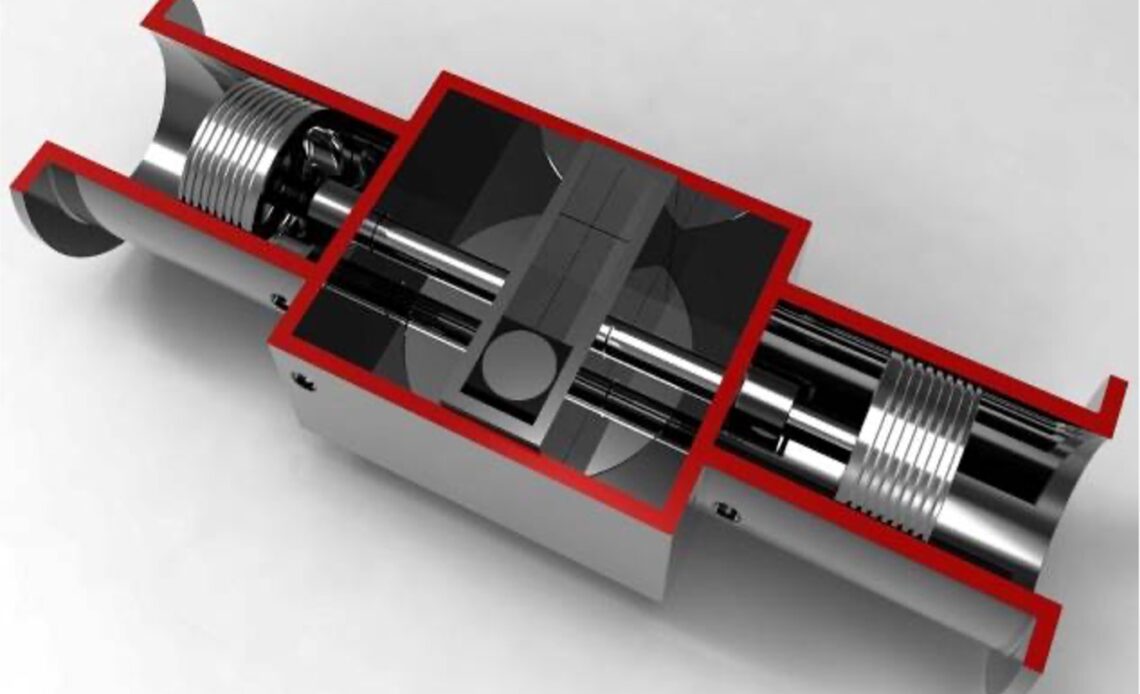Australian engine development company, Dynex International, has enhanced its engine sealing technology that it believes will contribute significantly to engine efficiency while extending engine life and reducing emissions. According to the company’s founder, Colin G Young P. Eng., the design dubbed ‘air-sealing technology’ is intended for engines where the pistons locate by bearings or bushes.
Here, the pistons do not touch their mating cylinder bores as the invention eradicates the need for conventional piston rings and lubrication between the pistons/rings and their mating cylinders. It also eliminates friction between and subsequent wear of these components. Additionally, it contributes to a stratified-charge air-fuel mixture for combustion by providing an “after-burn” of exhaust gases.
The principle of the technology is using so-called ‘air sealing’ in lieu of conventional mechanical metal-to-metal sealing. Compressed air, which is stored and continually replenished, performs the sealing of the induction air and combustion gases in the chamber, cools all mating surfaces, and can power the starter-motor and other ancillary components.
Piston groove detail. Credit: Dynex
Young and the Dynex team highlighted that air sealing would not provide a perfect seal, but, according to them, perfect sealing is not required. In lieu of mechanical piston rings or seals, the invention uses a labyrinth of grooves around the piston which are angled toward the combustion chambers they intend to seal. The cross-sectional shape, size and the number of grooves are designed to generate extremely high-speed eddy currents of the air in them to provide effective sealing. The number of grooves, their dimensions and their angle determines the effectiveness of the air sealing. According to the Dynex team, it is desirable to have an extremely small clearance between the moving and stationary components only sufficient to prevent seizing of the components from thermal…
Click Here to Read the Full Original Article at Racecar Engineering…

